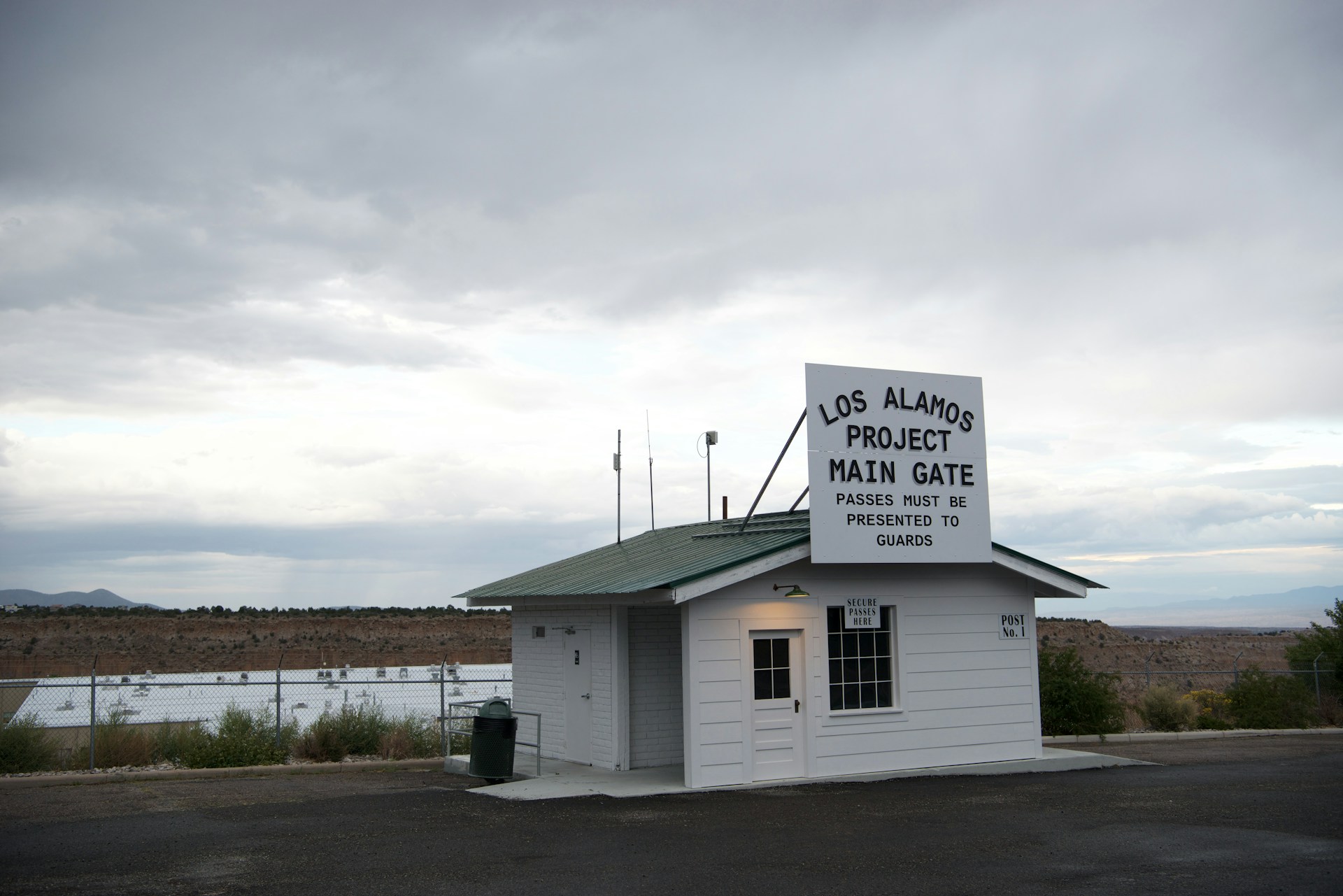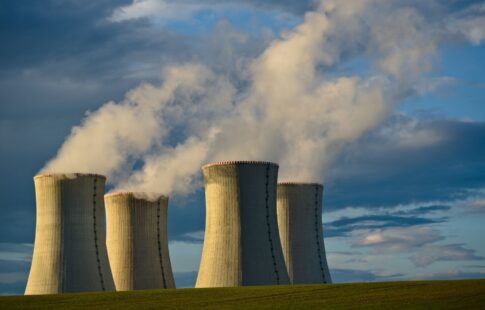
Safe or Scandal? Unraveling the Los Alamos Plutonium Contamination Site
We are reader-supported. When you buy through links on our site, we may earn affiliate commission.
Plutonium has always been historically significant in scientific development, particularly in developing nuclear weapons, energy generation, and space exploration. Yet wielding its power could result in severe environmental and health consequences. Now, new research indicates the infamous Los Alamos plutonium contamination site in New Mexico may not be as fully remediated as officials claim.
Researchers are concerned that residual plutonium could potentially put the surrounding communities and visitors at risk. However, with federal agencies unwilling to consider the study, scientists and watchdog organizations are left wondering what will happen next.
New Findings Reveal Plutonium Contamination in Los Alamos
Los Alamos is perhaps best known for being the birthplace of the atomic bomb. Unsurprisingly, activity has resulted in decades of soil, water, and plant contamination. One recent study has highlighted plutonium levels in the surrounding area comparable to what researchers discovered following Ukraine’s Chornobyl disaster.
The Los Alamos National Laboratory diverted radioactive waste to a nearby canyon until 1963. The area became so toxic it earned the moniker Acid Canyon. Years later, the U.S. Department of Energy (DOE) and Atomic Energy Commission remediated the land to federal safety standards — a $2 billion project completed in the 1980s. Following this, the Commission opened and developed the area without restrictions.
The study’s scientists note that while the Los Alamos community and visitors are not at immediate risk of plutonium exposure, four samples showed levels above federal standards. If the radioactive uptake spreads, it could prove disastrous for water supplies and the food chain. Environmental events like wildfires could also cause plutonium to disperse throughout the canyon.
Government officials have largely ignored the study’s findings and researchers’ calls for revisiting the Los Alamos plutonium contamination despite it supporting a New Mexico-based health advocacy group’s mapping study of plutonium levels at nearby sites.
What Is Plutonium?
Chemist Glenn Seaborg and his team at Berkeley Radiation Laboratory discovered plutonium in December 1940. After determining it was a new element, Seaborg and his colleagues named it after the planet Pluto. At the time, he referred to it as the most “exotic metal” on the periodic table due to its distinct ability to expand, contract, and conduct heat differently than other elements.
Plutonium is a highly radioactive, silvery metal, crucial in the nuclear development of weapons — including World War II’s Manhattan Project — due to its ability to undergo a splitting process called fission. In fact, Seaborg and his team kept plutonium a secret for fear of adversaries creating nuclear weapons against the United States.
Today, a plutonium-uranium mixture — Mixed Oxide (MOX) fuel — is a propellant for nuclear reactors, making the metal significant in the energy sector. There are 440 nuclear power reactors worldwide, generating 10% of global electricity. Likewise, over 50 countries utilize 220 research reactors for medical and industrial applications.
According to the World Nuclear Association, one-third of nuclear energy generation is derived from plutonium, which is then created as a reactor by-product. Global reactors rely on 70 tons of reactor-grade plutonium annually, and U.S. reactors are capable of running fully on MOX.
Environmental and Health Effects of Plutonium Exposure
Plutonium contamination poses significant threats to people and the planet. For instance, leaching will ultimately contaminate vegetation, wetlands, agricultural areas, cities, inland waterways, the ocean, and cultural and historic sites. Naturally, this means wildlife could also be affected.
Humans are also impacted by inhalation, ingestion, and absorption, such as through an open wound. However, its radioactive nature risks exposure even when standing near it. Not everyone will experience the same effects, though. Predisposed factors include duration of exposure, one’s age, gender, lifestyle, and health traits.
Plutonium-contaminated air will get trapped within the lungs when inhaled. Some of it will move around, ending up in your bones and liver. Swallowing less than 1% of plutonium will also cause it to enter other body parts. Unlike a cut or burn, healthy skin has much less chance of plutonium exposure.
The element will stay in the body for a long time, with some of its isotopes more potent than others. For perspective, plutonium-239 maintains a half-life of 24,100 years, meaning it will stay in the environment for millions of years. That which enters the lungs could remain for 30-50 years. Otherwise, the body expels plutonium in urine and feces.
Research also indicates a link between plutonium and bone, liver, and lung cancer mortality — depicted in a study of American, Russian, and British workers at plutonium production and processing plants.
Federal and State Responses to Plutonium in Los Alamos
Watchdog groups want the DOE and the state environmental and energy departments to reexamine the Los Alamos plutonium contamination. The study’s lead scientist, Michael Ketterrer, says New Mexico’s government should at least warn the public to avoid the water at Acid Canyon.
Technically, the DOE Legacy Management says the Acid Canyon no longer requires monitoring and maintenance. The Los Alamos Nature Center and Pajarito Environmental Education Center opened in 2015, while the area has welcomed the public and recreation enthusiasts for years.
However, the DOE Environmental Management Los Alamos Field Office says it continues to take samples from the site and remediate the area, which already shows safe levels of plutonium. Not everyone is convinced, though, as its statement comes when the Los Alamos National Laboratory is getting ready to produce new plutonium pits to bolster the nation’s nuclear capacity.
There isn’t enough consensus yet as to whether Ketterrer’s research is biased or if there’s been a government cover-up. The DOE says the study was conducted in conjunction with the nuclear watchdog. Regardless, avoiding drinking water or consuming plants when venturing through the canyon is best.
Better to Be Safe Than Sorry in Los Alamos
Plutonium is a powerful and necessary element driving energy and weapon development globally. However, the Los Alamos plutonium contamination site has left many concerned about the environmental and public health implications of legacy pollution. Even if officials negate the recent study’s findings and claim the area is safe, the research underscores potentially dire impacts. Visitors should, therefore, take precautions.
Share on
Like what you read? Join other Environment.co readers!
Get the latest updates on our planet by subscribing to the Environment.co newsletter!
About the author

Steve Russell
Steve is the Managing Editor of Environment.co and regularly contributes articles related to wildlife, biodiversity, and recycling. His passions include wildlife photography and bird watching.





